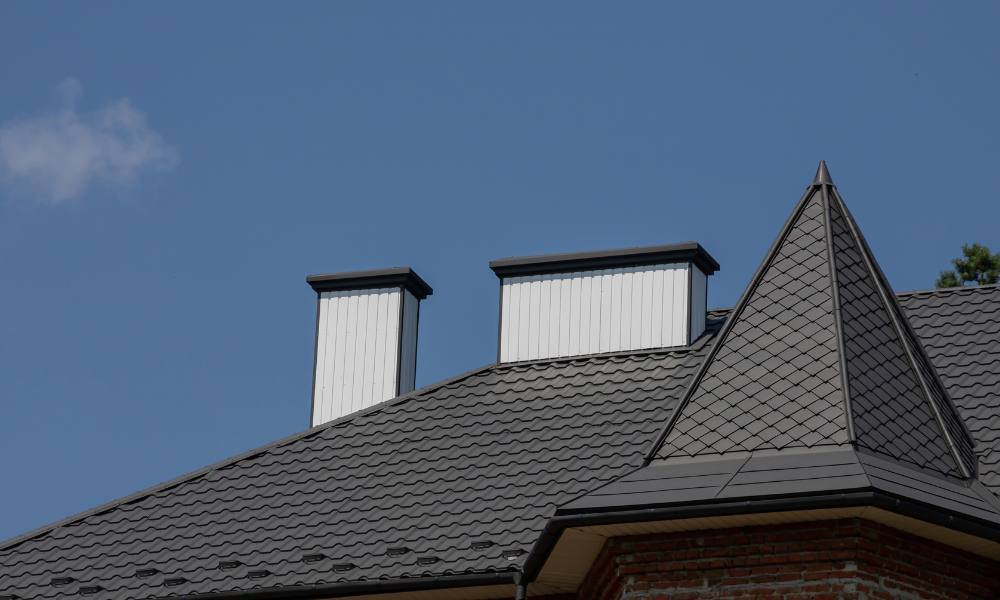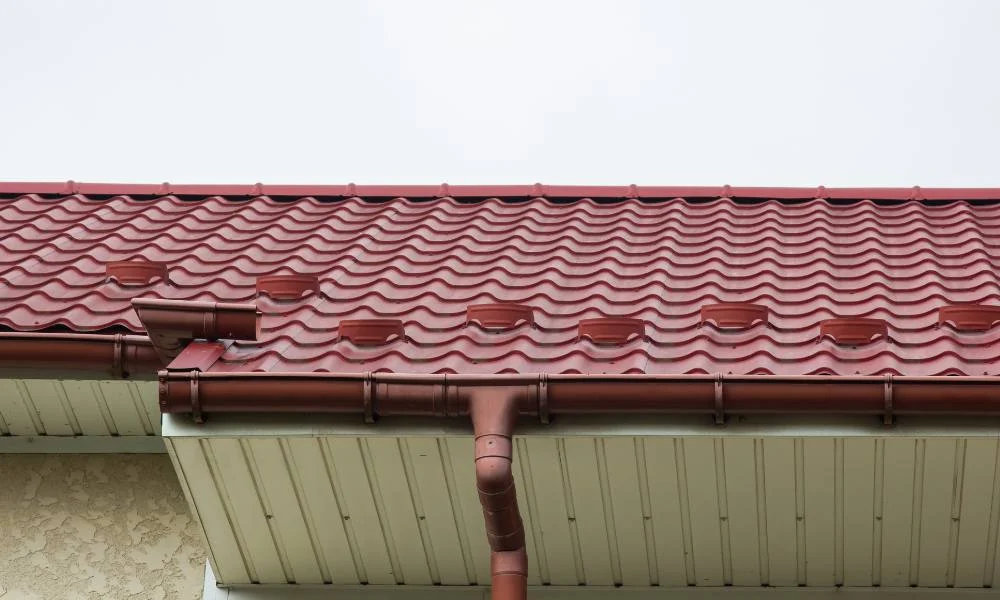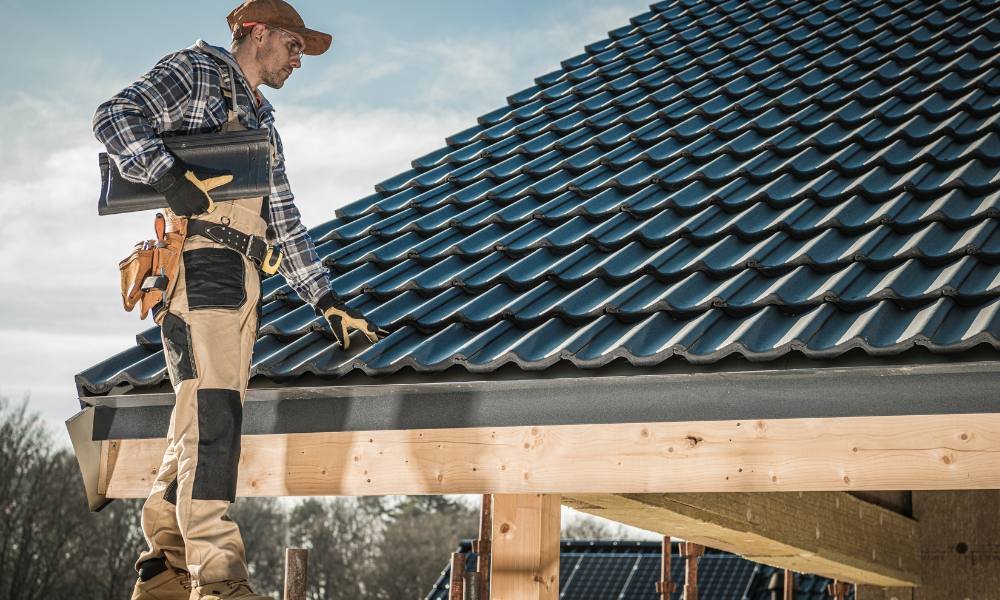When considering upgrades to your home, the roof might not be the first thing that comes to mind. But as someone who values sustainability, I’ve learned that the right roofing choice can make a huge difference. From energy efficiency to long-term savings, eco-conscious roofing is an investment that benefits both the planet and your wallet.
In this post, I’ll explore the advantages of environmentally friendly roofing, the variety of materials available, and how to keep these systems performing at their best.
What We’ll Cover
- Key benefits of eco-friendly roofs
- Types of sustainable materials to consider
- How these roofs contribute to energy efficiency
- Tips for maintaining their longevity
The Benefits of Eco-Friendly Roofing
Eco-conscious roofing is about more than environmental benefits—it’s about smart, long-term choices for your home. Here are the key advantages I’ve seen firsthand:
Reduced Environmental Impact
Many green roofs use materials made from recycled or renewable sources. By choosing these, you help reduce waste and minimize the production of new, resource-intensive materials.
Energy Savings
Eco-friendly roofs are designed to optimize energy efficiency, keeping your home cooler in the summer and warmer in the winter. This reduces reliance on heating and cooling systems, leading to noticeable savings on energy bills.
Durability and Resilience
Sustainable roofing materials, like metal or clay tiles, are built to last. They often resist harsh weather better than traditional materials, requiring fewer repairs or replacements over time.
Boosted Property Value
In today’s market, buyers are actively seeking homes with sustainable features. An eco-conscious roof adds value to your home and makes it more appealing if you ever decide to sell.

Types of Sustainable Roofing Materials
There’s no one-size-fits-all solution when it comes to eco-conscious roofs. You can choose from a range of materials to suit your home’s needs and aesthetic preferences.
Metal Roofing
Metal roofs are a popular choice due to their durability and recyclability. They reflect sunlight, helping to keep your home cool, and they can last up to 50 years or more with minimal maintenance.
Cool Roofs
These roofs are coated with reflective materials to minimize heat absorption. They’re a practical option for homes in sunny climates where reducing indoor temperatures is key.
Recycled Shingles
Shingles made from repurposed materials like rubber or plastic are a sustainable alternative to traditional options. They’re both durable and affordable, making them a practical choice for many homeowners.
Living (Green) Roofs
A green roof, covered with vegetation, provides natural insulation and reduces stormwater runoff. These roofs can improve air quality and even offer space for a small garden, making them ideal for urban homes.
Clay and Concrete Tiles
Known for their durability, clay and concrete tiles are natural materials that can withstand harsh weather. They also provide excellent insulation, keeping your home comfortable year-round.
Solar Roofing
Solar panels or tiles combine energy generation with roof protection. While they require an upfront investment, the ability to produce your own electricity makes them one of the most forward-thinking options available.
Energy Efficiency and Cost Savings
One of the standout benefits of eco-conscious roofs is how they contribute to energy efficiency. By keeping your home better insulated and reducing heat absorption, they lower your energy use and associated costs.
How It Works
Reflective Roofs: Cool roofs deflect sunlight, reducing the amount of heat that enters your home. This keeps indoor temperatures more stable, cutting down on air conditioning usage.
Vegetative Roofs: Green roofs act as a natural insulator, keeping your home cool in summer and retaining heat in winter.
Solar Integration: Solar roofs produce clean energy, allowing you to offset electricity bills significantly.
Over time, these energy savings can offset the initial cost of installation, making eco-friendly options a smart financial decision.
How to Choose the Right Roof for Your Home
Selecting the best sustainable roofing material depends on several factors. Here’s what I recommend considering:
Your Climate
Certain materials perform better in specific environments. For instance, clay tiles work well in hot climates, while metal roofs are ideal for snowy regions.
Budget and Long-Term Goals
While some materials have a higher upfront cost, they often save money in the long run through energy efficiency and lower maintenance requirements.
Aesthetic Preferences
Green roofs and solar panels may appeal to homeowners looking for a modern touch, while recycled shingles or clay tiles offer a more traditional look.

Maintaining Your Sustainable Roof
Even the most durable eco-friendly materials require care to maximize their lifespan. Here are some simple maintenance tips:
Inspect Regularly: Check for damage like cracks, leaks, or missing shingles at least twice a year.
Clean Debris: Remove leaves, dirt, and moss to prevent water pooling or material degradation.
Trim Trees: Keep overhanging branches away from your roof to avoid damage during storms.
Check Gutters: Clear out blockages to maintain proper drainage, especially for green roofs or clay tiles.
Overcoming Common Challenges
Sustainable roofing isn’t without its challenges, but they’re manageable with proper planning:
Upfront Costs: While some options require a larger initial investment, their long-term savings in energy and maintenance often make up for it.
Installation Expertise: Materials like green roofs or solar panels need experienced professionals for proper setup. Partnering with qualified installers is essential.
The Future of Sustainable Roofing
The industry is constantly evolving, with exciting innovations making eco-conscious roofs more accessible and efficient. Solar-integrated tiles and advanced recycled materials are just a few examples of how roofing technology is advancing.
These innovations make it easier for homeowners to adopt environmentally friendly practices without compromising on quality or performance.
Final Thoughts
Choosing a sustainable roof isn’t just a smart choice for your home—it’s a commitment to a better future. With options ranging from recycled shingles to energy-generating solar roofs, there’s something for every budget and style.
By reducing energy use, cutting costs, and contributing to a healthier planet, eco-conscious roofs offer benefits that go far beyond aesthetics. Take the time to explore your options, consult with professionals, and make a choice that reflects your values and priorities.




